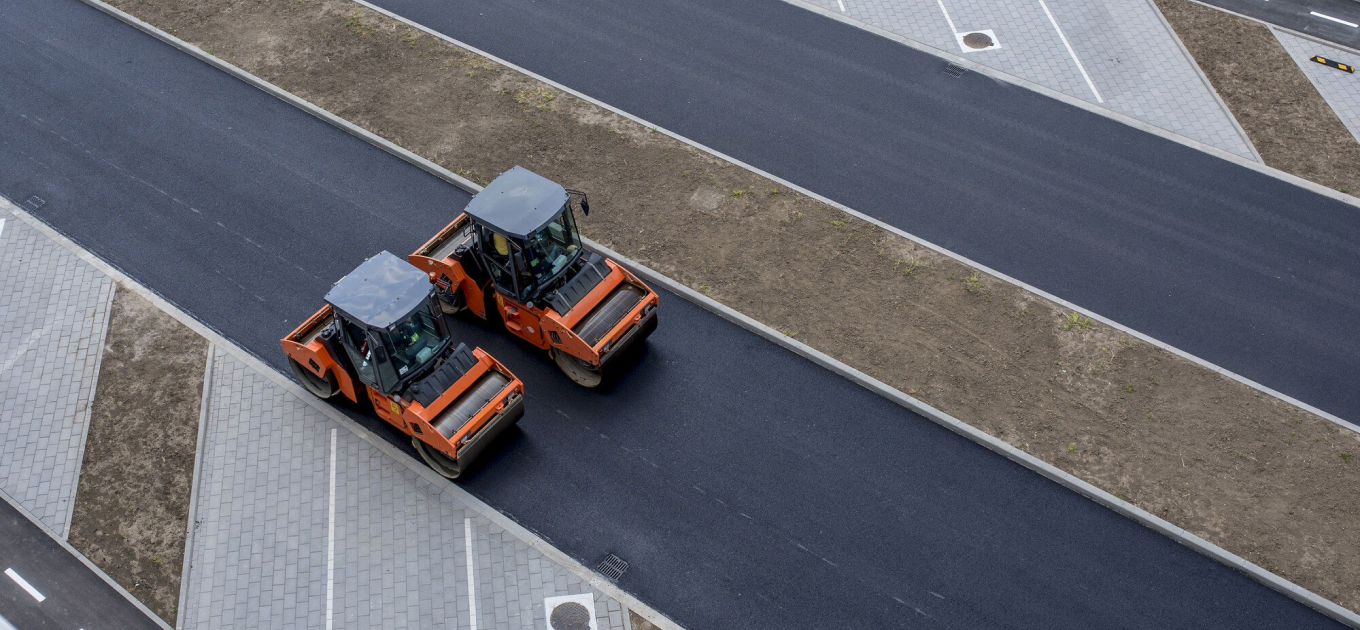
Potholes and Pavement Cracks
The Hidden Costs of Delayed Road Maintenance
Potholes and Pavement Cracks: The Hidden Costs of Delayed Road Maintenance
Introduction
Road infrastructure is the backbone of modern society, facilitating economic growth, transportation, and connectivity. However, the deterioration of roads due to delayed maintenance, particularly in the form of potholes and pavement cracks, poses a significant challenge. While visible road defects may seem like minor inconveniences, they can lead to substantial financial, environmental, and safety costs if not addressed promptly. This article explores the hidden costs of delayed road maintenance and how proactive strategies, powered by AI and technology, can mitigate these challenges.
The True Cost of Neglected Road Maintenance
1. Increased Repair and Reconstruction Costs
Delaying road repairs often results in minor pavement cracks evolving into significant structural failures. The longer these issues are left unaddressed, the more extensive and expensive the repairs become. Studies have shown that repairing a pothole early costs a fraction of the price compared to fixing a completely degraded section of the road. Preventative maintenance strategies, such as crack sealing and resurfacing, are far more cost-effective than full-depth reconstruction.
2. Higher Vehicle Operating Costs for the Public
Poor road conditions have a direct impact on vehicle maintenance and fuel efficiency. Potholes and cracks increase tire wear, alignment issues, and suspension damage, leading to frequent and costly repairs for vehicle owners. According to the American Automobile Association (AAA), drivers in the U.S. spend billions of dollars annually on vehicle repairs linked to poor road conditions. These hidden costs create a financial burden for both individual motorists and businesses relying on vehicle fleets.
3. Safety Hazards and Increased Accident Risks
One of the most concerning consequences of delayed road maintenance is the heightened risk of accidents. Potholes can cause drivers to swerve suddenly, increasing the likelihood of collisions. Motorcyclists and bicyclists are particularly vulnerable, as even small road defects can lead to severe injuries or fatalities. Poor road conditions contribute to a significant percentage of roadway accidents, putting lives at risk and leading to increased medical costs and insurance claims.
4. Economic Impact on Businesses and Supply Chains
Road quality plays a crucial role in supply chain efficiency. Poorly maintained roads increase travel time, fuel consumption, and vehicle maintenance costs for logistics companies. Delays in deliveries can have a cascading effect on industries that rely on timely transportation, such as retail, manufacturing, and agriculture. Cities with deteriorating infrastructure often see reduced business investment, as companies prefer locations with reliable road networks.
5. Environmental Consequences of Poor Road Conditions
Delaying road maintenance has indirect environmental consequences. Poor road surfaces cause vehicles to burn more fuel due to increased rolling resistance, leading to higher carbon emissions. Additionally, emergency road repairs often require energy-intensive processes that consume more resources than routine maintenance. By proactively maintaining roads, municipalities can contribute to sustainability efforts by reducing emissions and conserving materials.
The Role of Technology and AI in Proactive Road Maintenance
1. AI-Powered Road Condition Monitoring
Artificial Intelligence (AI) and machine learning have revolutionized road maintenance by enabling real-time monitoring and data-driven decision-making. AI-powered dashboard cameras and sensors can detect pavement cracks, potholes, and surface wear before they become major issues. These technologies allow municipalities to prioritize repairs based on severity and optimize maintenance budgets.
2. Predictive Maintenance Models
Machine learning algorithms can analyze historical road condition data to predict future deterioration patterns. By leveraging predictive maintenance, cities can take preemptive action to address potential road failures, reducing long-term costs and enhancing safety. These models ensure that repairs are performed at the most cost-effective and strategic intervals.
3. Automated Road Inspection Systems
Traditional road inspections are time-consuming and labor-intensive. AI-powered automated inspection systems can assess road conditions quickly and accurately. These systems provide a comprehensive view of road networks, allowing municipalities to implement targeted maintenance strategies.
The Economic Case for Investing in Proactive Road Maintenance
Investing in proactive road maintenance is a financially sound strategy that yields long-term benefits. Cities and municipalities that adopt preventative maintenance approaches save millions in reconstruction costs while improving road safety and economic productivity. Governments that prioritize infrastructure upkeep also attract business investments and enhance the quality of life for residents.
Roadscan: A Smart Solution for Modern Road Maintenance
Roadscan is at the forefront of AI-powered road monitoring, offering cutting-edge technology to help municipalities and contractors transition from reactive to proactive road maintenance strategies. Our AI-driven dashboard camera solution provides real-time insights into road conditions, enabling early detection of potholes and pavement cracks. By utilizing RoadScan's technology, cities can reduce repair costs, minimize road hazards, and extend the lifespan of their infrastructure.
Conclusion
Potholes and pavement cracks are more than just minor inconveniences; they represent a hidden financial and safety burden that affects everyone. Delayed road maintenance leads to increased repair costs, vehicle damage, safety risks, economic inefficiencies, and environmental harm. However, with advancements in AI and proactive maintenance strategies, cities can tackle these challenges effectively. By investing in smart road monitoring solutions like Roadscan, municipalities can ensure safer, more efficient, and cost-effective road infrastructure for the future.